News
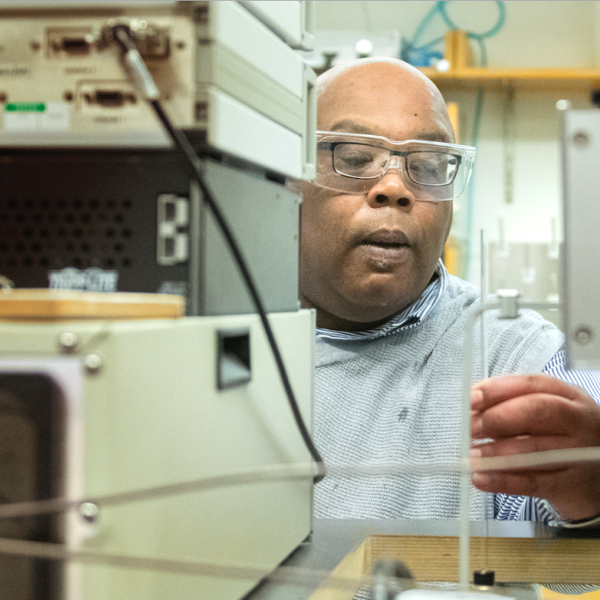
Apr 28, 2021
Squire Booker named inaugural fellow of the American Society for Biochemistry and Molecular Biology
Squire J. Booker, Evan Pugh Professor of Chemistry and of Biochemistry and Molecular Biology at Penn State, holder of the Eberly Family Distinguished Chair in Science, and investigator with the Howard Hughes Medical Institute, has been named an inaugural fellow of the American Society for Biochemistry and Molecular Biology.
Full Article
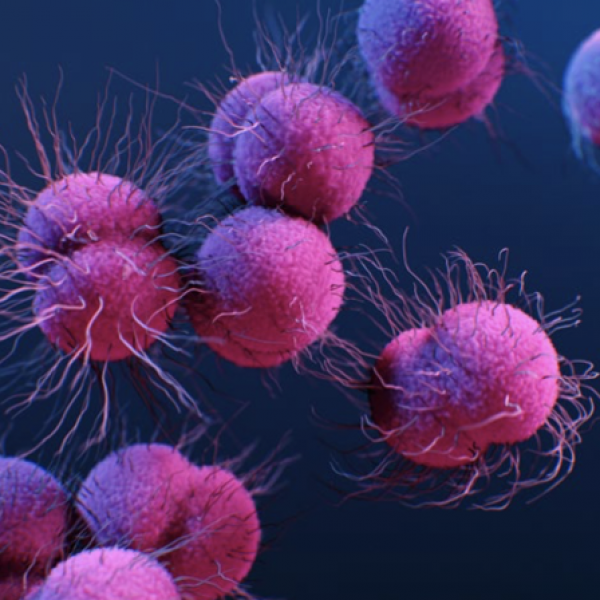
Mar 19, 2021
New antibiotic clears multi-drug resistant gonorrhea in mice in single dose
A new antibiotic compound clears infection of multi-drug resistant gonorrhea in mice in a single oral dose, according to a new study led by researchers at Penn State and Emory University.
Full Article

Feb 17, 2021
Three from Eberly College of Science awarded 2021 Sloan Research Fellowships
Three faculty members from the Eberly College of Science have been honored with 2021 Alfred P. Sloan Research Fellowships in recognition of their research accomplishments. The new Sloan fellows include Maria del Carmen Carmona Benitez, assistant professor of physics; Joseph Cotruvo Jr., Louis Martarano Career Development Professor of Chemistry; and Elizabeth Elacqua, assistant professor of chemistry.
Full Article
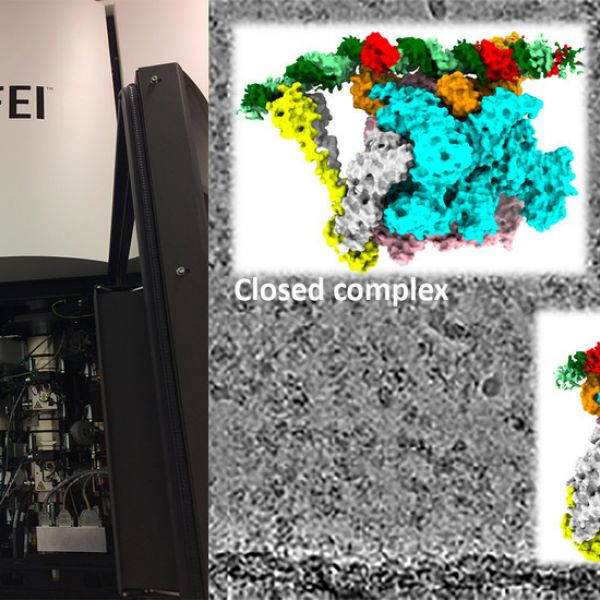
Jan 25, 2021
Regulating the ribosomal RNA production line
Cryo-electron microscopy study allows researchers to visualize structural changes in an E. coli enzyme synthesizing ribosomal RNA that shift it between turbo- and slow-modes depending on the bacteria’s growth rate
Full Article
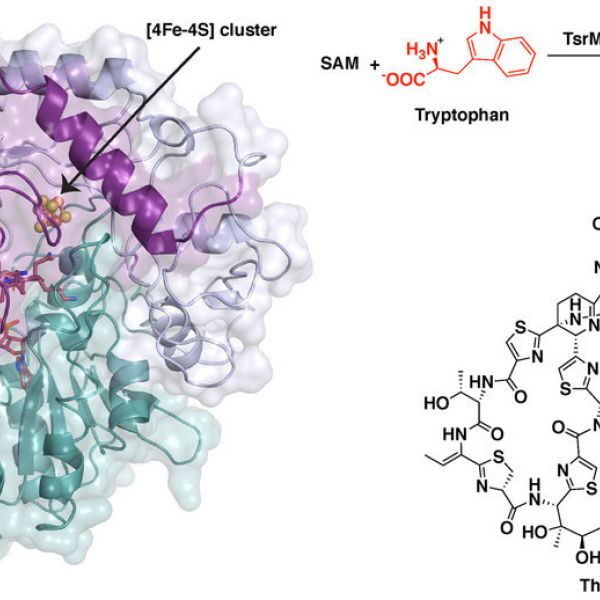
Jan 18, 2021
Synthesis of potent antibiotic follows unusual chemical pathway
Images of a protein involved in creating a potent antibiotic reveal the unusual first steps of the antibiotic’s synthesis. The improved understanding of the chemistry behind this process, detailed in a new study led by Penn State chemists, could allow researchers to adapt this and similar compounds for use in human medicine.
Full Article

Sep 30, 2020
Mapping a trail of chemical reactions, Howard Hughes Investigator Squire Booker shows how one group of enzymes helps us stay healthy
Mapping a trail of chemical reactions, Howard Hughes Investigator Squire Booker shows how one group of enzymes helps us stay healthy
Full Article

Mar 24, 2020
Developing a novel oral antibiotic to treat multidrug-resistant gonorrhea
Up to $2.86M has been awarded to a research team including Penn State scientists to develop a new oral antibiotic to treat multidrug-resistant gonorrhea, a sexually transmitted disease caused by bacteria that have developed resistance to all but one existing antibiotic.
Full Article
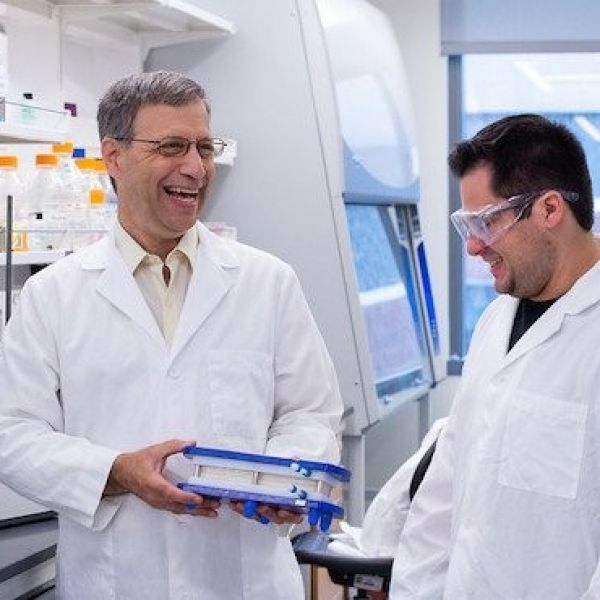
Feb 26, 2020
Chemical engineering professor receives membrane research award
The North American Membrane Society (NAMS) has named Andrew Zydney, Penn State Bayard D. Kunkle Chair, professor of chemical engineering and director of the Center of Excellence in Industrial Biotechnology, as their 2020 recipient of the Alan S. Michaels Award for Innovation in Membrane Science and Technology.
Full Article
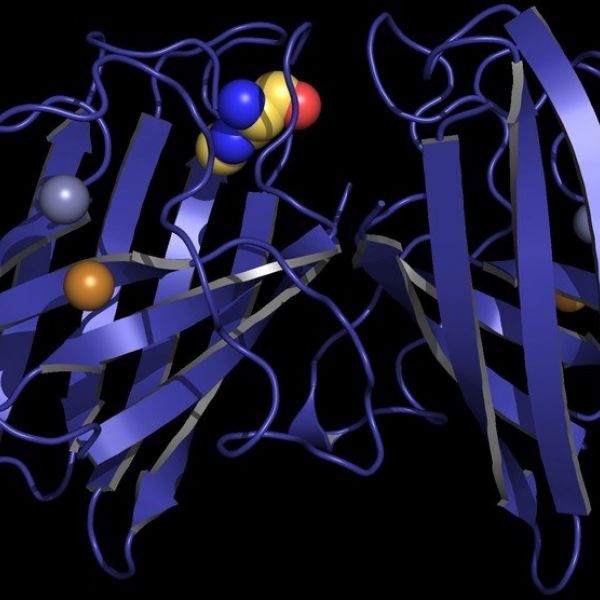
Sep 18, 2019
Research suggests how environmental toxin produced by algae may lead to ALS
Can a computer be used to explain why an environmental toxin might lead to neurodegenerative disease? According to Penn State College of Medicine researchers, a computer generated-simulation allowed them to see how a toxin produced by algal blooms in saltwater might cause Amyotrophic Lateral Sclerosis (ALS).
Full Article

May 02, 2019
Squire Booker Elected as Member of the National Academy of Sciences
Squire J. Booker, professor of chemistry and of biochemistry and molecular biology at Penn State, Holder of the Eberly Distinguished Chair in Science, and investigator with the Howard Hughes Medical Institute, has been elected as a member of the National Academy of Sciences.
Full Article